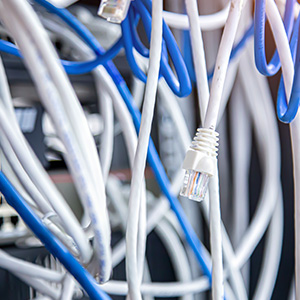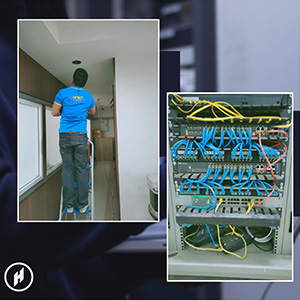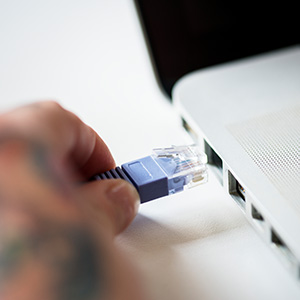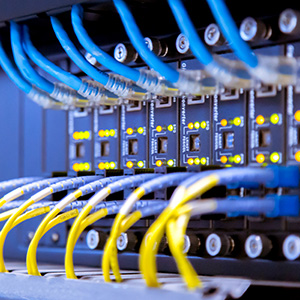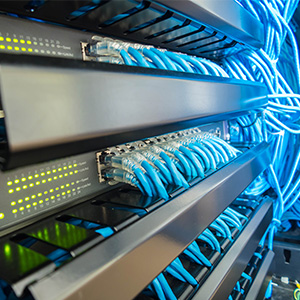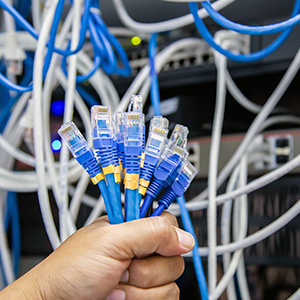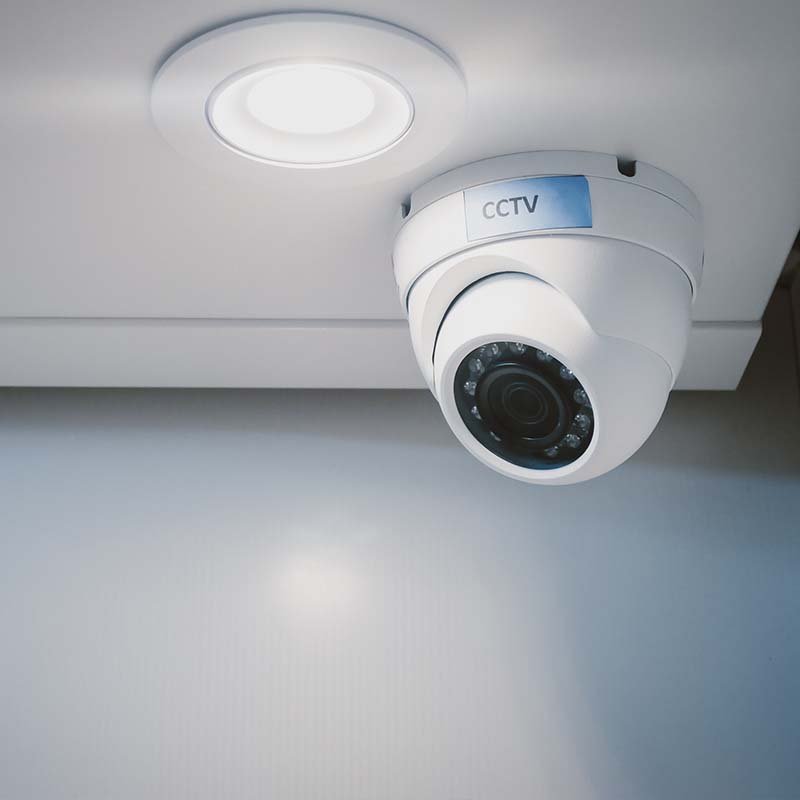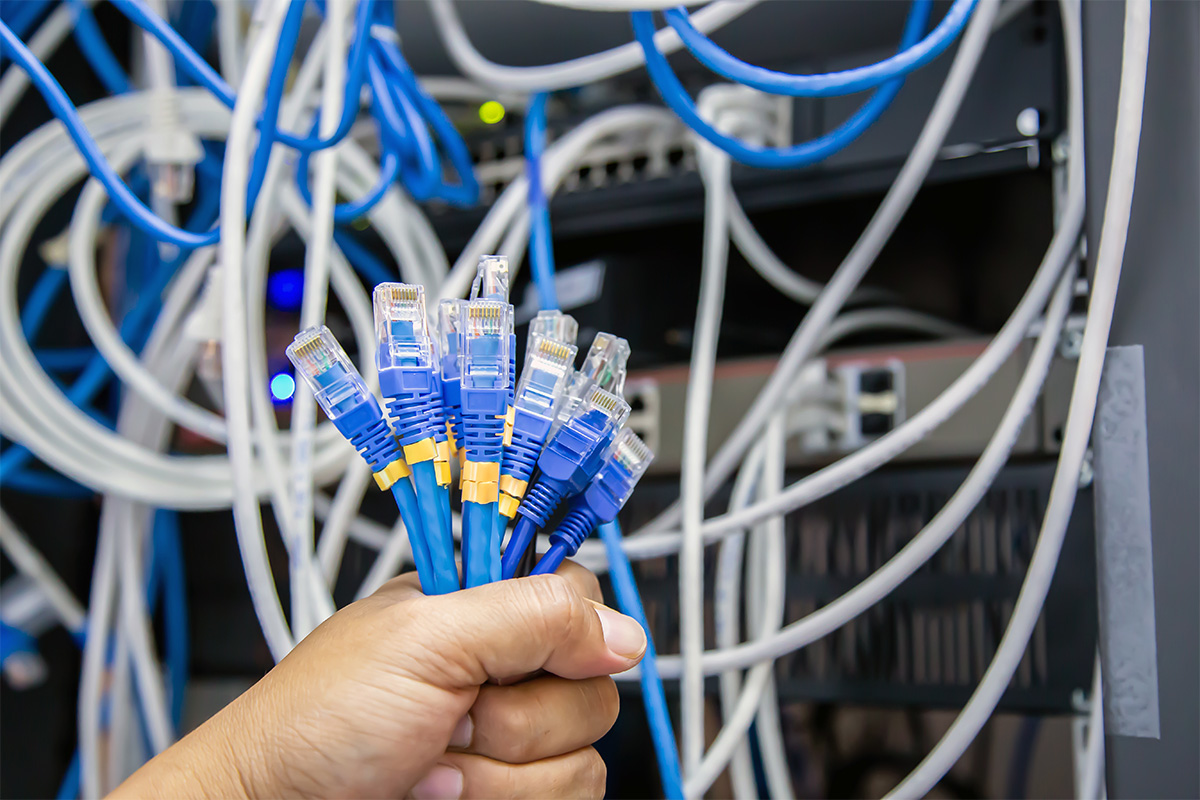
CAT-5E Cable
Cat-5e, also known as Category 5e, is a network cable standard ratified in 1999. Cat-5e offers significantly performance over the old Cat-5 standard, including up to 10 times faster speed and a significantly greater ability to traverse distances without being impacted. Cat-5e are typically 24 Gauge twisted pair wires which can support Gigabit networks at segment distances up to 100 m.
CAT-6 Cable
Cat-6 came out only a few years after Cat-5e. Cat-6 support Gigabit ethernet segments up to 100m like Cat-5e, but they also allow for use in 10-Gigabit networks over a limited distance. At the beginning of this century, CAT5e typically ran to the workstations, whereas CAT6 was used as the backbone infrastructure from router to switches.
Different of Lan Cable

From table, you will see the different of speed (Mb/s) and bandwidth (MHz) between Cat-5, Cat-6 and Cat-6A. Customers need to choose the type of Lan cable to be suitable for use.
The main difference between CAT5e and CAT6 cable lies within the bandwidth, the cable can support for data transfer. CAT6 cables are designed for operating frequencies up to 250 MHz, compared to 100 Mhz for CAT5e. This means that a CAT6 cable can process more data at the same time. Think of it as the difference between a 2-lane and a 4-lane highway. On both you can drive the same speed, but a 4-lane highway can handle much more traffic at the same time.
Because CAT6 cables perform up to 250 MHz which is more than twice that of CAT5e cables (100 Mhz), they offer speeds up to 10-Gigabit Ethernet, whereas CAT5e cables can support up to 1GBASE-T or 1-Gigabit Ethernet.
There are numerous considerations when choosing the right cable. What is the required network speed: 100 Mbps, 1000 Mbps or 10 Gbps? What is the amount of users? With a large amount of users, the frequency of the cable (MHz) becomes important. Is the cable for indoor or outdoor use? Does the cable have to be rigid or flexible? Are there possible sources of interference? And so on. In the end, the choice comes down to your application.
It is often argued that it is not worth investing in cables with a higher performance, such as CAT6, since the current hardware in the network infrastructure does not require 10 Gbps speeds. But hardware gets upgraded over time; it is much easier to upgrade hardware than to lay in new cables. The price difference between CAT5e and CAT6 is not high and it is usually a good idea to opt for the better quality cable, thus preparing the network infrastructure and performance for the near future.
"LAN Cable service by a professional team. The starting price is 800 THB/Point (minimum 5 points)."
